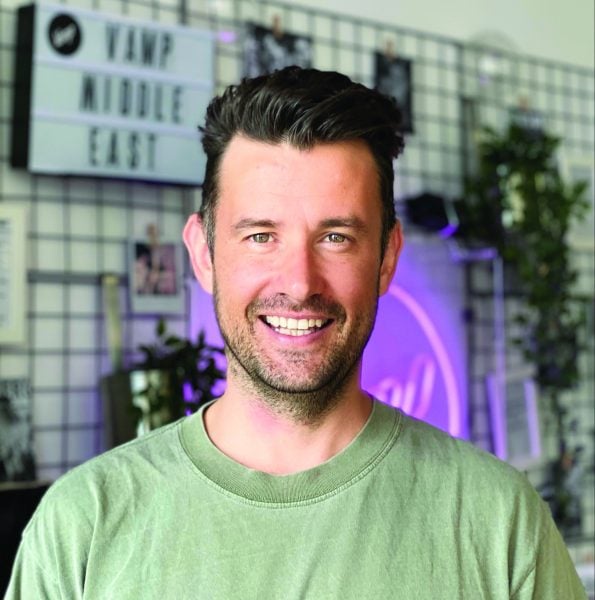 The way Covid has affected the influencer market so far has been a mixed bag. Some campaigns had to be cut straight away because they were no longer relevant or appropriate. Travel campaigns were the most obvious. Then, as lockdown started to affect businesses and budgets were tightened, some marketing departments found they needed to scale back their influencer marketing activities.
The way Covid has affected the influencer market so far has been a mixed bag. Some campaigns had to be cut straight away because they were no longer relevant or appropriate. Travel campaigns were the most obvious. Then, as lockdown started to affect businesses and budgets were tightened, some marketing departments found they needed to scale back their influencer marketing activities.
Others have continued to invest in influencer marketing, uninterrupted. With customers spending more time than ever on social media, increasing their interaction with influencer content, it’s still a highly relevant marketing channel. Some brands are shifting spend from channels such as out-of-home into influencer marketing because of this.
Influencers are also being called upon as a content resource, generating much-needed assets for brands. With shoots cancelled, digital creators are fuelling marketing channels with high-quality content shot at home. It’s really giving them a chance to show what they can do.
At Vamp, we’ve taken on a real supporting role. For our creators, who have lost out on a lot of work
elsewhere, that has meant continuing to deliver paid briefs. For our clients, that has meant offering advice and resources (such as webinars and reports) to help them navigate a sensitive and quickly evolving landscape.
It’s a particularly difficult time for small and medium-sized businesses (SMBs). So, while we all adjust to the impact of Covid-19, we are offering SMBs free access to the Vamp platform. This is allowing them to generate the content they need without platform or management fees.
We’ve seen our clients adapt by shifting the focus of their campaigns. Some have pivoted to showcase delivery options; others have shown how their brand can be enjoyed at home. Those who have navigated this situation the best are the ones who have responded to their customers’ change in lifestyle and then offered them content to entertain or add value in some way. They’ve moved to a much softer-sell and customercentric approach.
Our influencers have done an amazing job of adapting. They’ve been setting up makeshift studios at
home and finding a million different ways to make their content look new and exciting. As @iddavanmunster, one of our Dubai influencers, said: “This is the perfect time to slow down and push myself to create magic between my four walls. During lockdown, I’ve challenged myself to create images with limited props and space. I want to see how far I can go.”
It’s also given them more time to interact with their followers, building even stronger connections. With captive audiences receiving more interaction, many have seen their engagement levels increase as a result.
In the long term, this experience will accelerate some existing trends in the space. Firstly, lockdown will have opened many marketers’ eyes to the adaptability and quality of influencer content – and just how fast they can deliver it. They are realising that an influencer’s value isn’t just in their following. I think a long-term effect will be more brands reaching out to influencers for content-only briefs, perhaps shifting more of their spend from creative agencies over to influencers. Creators who can diversify their skillsets now, whether that’s in photography, videography, editing or styling, will really feel the benefit in the months and years to come.
There are also some content trends we’ve noticed gain pace. A less polished aesthetic had been becoming more popular even before lockdown. Consider the popularity of TikTok, which is much more focused on entertainment than perfection. Lockdown has really pushed this forward.
The reality is, influencers are at home every day like the rest of us. Not only is curated perfection no longer obtainable, it no longer feels relevant. Many have shifted to a much more candid and relatable approach. As influencers continue to share their reality through lockdown, this is a trend we’ll see continue. Audiences have always connected with influencers because they feel more relatable than brands and celebrities, so this very much feels like a return to their roots.










